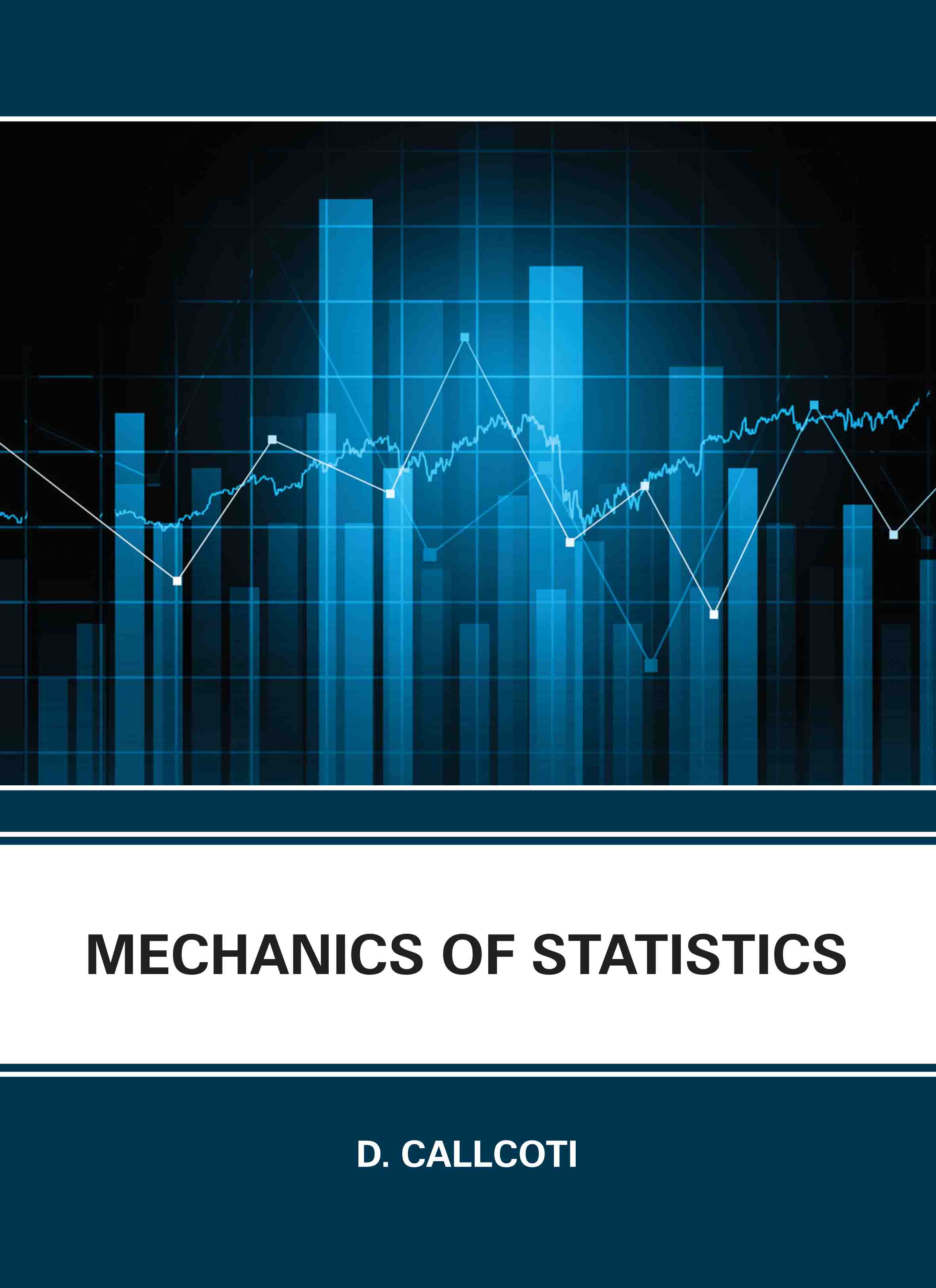
Mechanics of Statistics
by D. callcoti
| ISBN | 9781835350669 |
|---|---|
| Publisher | EDTECH PRESS |
| Copyright Year | 2025 |
| Price | £150.00 |

by D. callcoti
| ISBN | 9781835350669 |
|---|---|
| Publisher | EDTECH PRESS |
| Copyright Year | 2025 |
| Price | £150.00 |
Statistical mechanics is the application of statistics, which includes mathematical techniques for handling huge populations, to the study of motion of objects or particles under the influence of forces. The kinetic theory of matter makes an effort to relate the macroscopic behaviour of material objects' atomic and molecular constituents to the microscopic behaviour of those same constituents as described by Newton's laws of mechanics. Physics' discipline of thermodynamics examines a system's energy and work. The kinetic theory of gases describes small scale gas interactions. The two approaches are complementary; some principles are better understood in terms of thermodynamics, while others are better explained by kinetic theory. In its early stages, the development of probability theory was more influenced by intuition than by mathematical principles. A. N. Kolmogorov gave probability theory an axiomatic foundation in 1933, and it is today the model that is widely accepted. The goal of this statistical mechanics is to explain this behaviour using probabilistic assumptions and the dynamical principles that control the microscopic components of macroscopic systems.